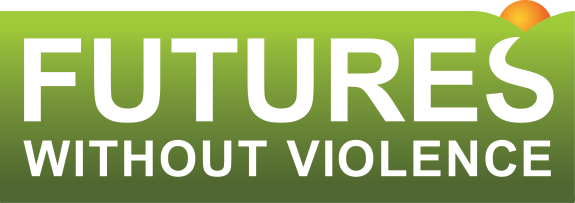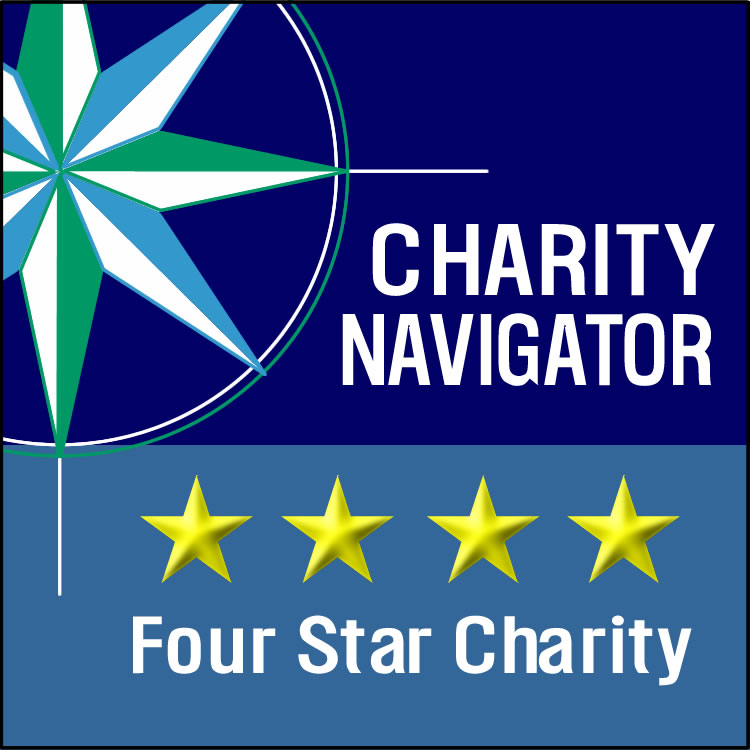reports, guides, and fact sheets
Sex-Based Harassment in the Workplace: a Training for Professionals Who Support Opportunity Youth
Developed by the Activate Center, this three-part training is designed to help advocates better understand and address sex-based harassment in the workplace that opportunity youth may face.
Intersections of Stalking, Trafficking, and Economic Security
This factsheet highlights the co-occurrence of trafficking and stalking, impacts on economic security, and recommendations for supporting survivors.
National Economic Justice Report: Beyond Workforce Development for Survivors of Human Trafficking
This report from the Avery Center, Shobana Powell Consulting, Shyne, and You Are More Than explores barriers to employment, offers strategies for maintaining employment, and suggests ways employers can better support survivors.
Five Tiers of Economic Empowerment
This guide illustrates five critical elements of economic empowerment programming that are needed to facilitate access to well-rounded workforce development opportunities for survivors of human trafficking.
Supporting the Education and Employment Needs of Survivors with Criminal Records
This tool, developed in partnership with Freedom Network’s Survivor Reentry Project, offers strategies advocates can explore to help address the obstacles criminal records present to employment opportunities.
Pathway to Freedom: How Twelve Organizations are Driving Economic Empowerment through Survivor Entrepreneurship
This report from Restore NYC outlines a set of best practices for programs that seek to promote entrepreneurship for survivors of trafficking, and individuals with intersecting vulnerabilities.
Partnership and Pathways to Economic Opportunities for Survivors of Trafficking
This guide shares a detailed process of forming a collaboration and partnership between victim services agencies and workforce development or education programs, and provides relevant examples, cases, and resources to promote success.
Obstacles and Opportunities: Improving Survivors’ Access to Education, Training, and Jobs
This report outlines common obstacles survivors face when seeking education, training, and employment and explores strategies to strengthen services for survivors through trauma-informed policies and practices, cross-sector collaboration, and policy change.
Guiding Principles to Inform Economic Empowerment Programing for Survivors of Human Trafficking
This resource provides a brief overview of economic empowerment programs – including financial literacy and capability programs, employment support services, and assist building programs – and outlines promising practices for fostering greater economic empowerment and security for survivors.
Helping Survivors Navigate Online Education and Training Opportunities
This 10-point guide walks through some basic questions to consider when evaluating online training courses and determining which program best meets the needs of job seekers.
Trauma Responsiveness in an Integrated Workforce Service Delivery System
This factsheet outlines how violence and trauma can impact an individual’s success within education and employment opportunities and outlines steps workforce programs to implement trauma-responsive practices that can ensure equity for all students and job seekers.
How Organizations Can Build Resilience into Education and Career Pathways
This blog post describes how workforce development programs can incorporate the six principles of trauma-informed practices – Safety, Transparency and Trust; Collaboration and Mutuality; Peer Support; Empowerment, Voice and Choice; and Gender, Culture and Historical Issues – into program design and administration.
Opportunities for Survivors of Human Trafficking Through the Workforce Innovation and Opportunity Act (WIOA): A Primer
This short guide is designed to demystify the workforce development system, identify what education and training opportunities there are through the Workforce Innovation and Opportunity Act (WIOA) programs, and how to survivors can access these services.


